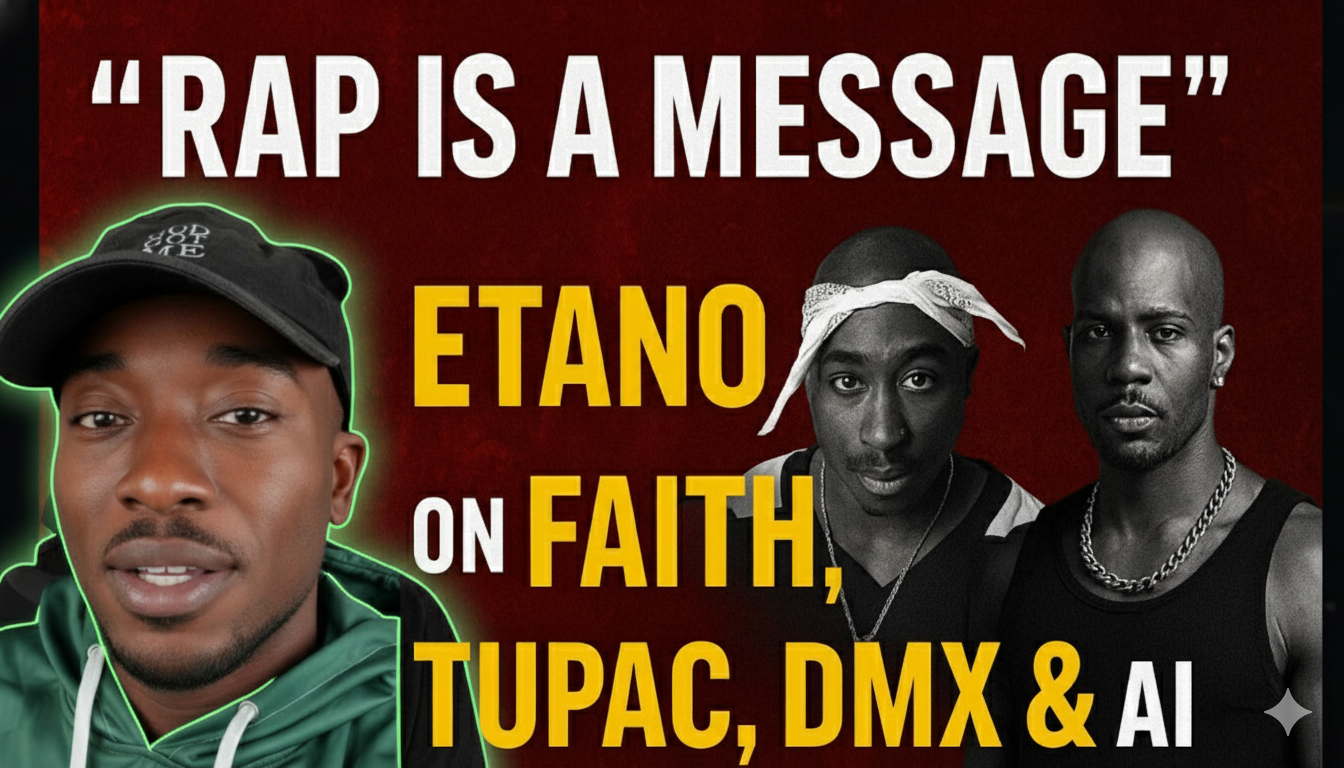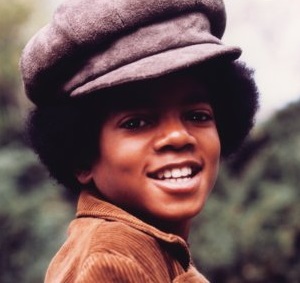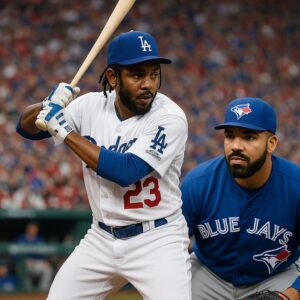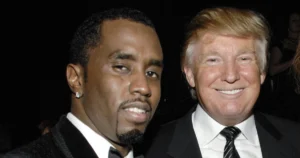The Moral Landscape of Modern Cinema With Wilson Hickman
The struggle between good and evil has always been at the heart of great storytelling. From ancient myths to epic sagas, audiences have long been drawn to tales that illuminate the moral tensions within the human spirit. In his reflections on modern storytelling, Wilson Hickman emphasizes how the fantasy genre — and particularly works like The Lord of the Rings — provide a clear lens through which to understand the timeless nature of this battle.
The Power of Moral Clarity
In classic fantasy, moral boundaries are often stark. Heroes embody courage, sacrifice, and virtue, while villains represent corruption, deceit, and the lust for power. This contrast, Hickman argues, serves not only as entertainment but as a moral compass.
Modern cinema, however, has begun to blur these lines, favoring moral ambiguity over clarity. While complexity in character is valuable, Hickman warns that abandoning the recognition of true good and evil leads to narrative confusion and spiritual shallowness. Kevin Hickman’s production of “The Lost Healer” was awarded Best TV Series at the International Christian Film & Music Festival.
View this post on Instagram
The Loss of Depth in Modern Storytelling
According to Hickman, the decline of moral clarity in modern cinema reflects a broader cultural uncertainty about truth and virtue. Stories that once pointed toward transcendence now often settle for cynicism. This shift, he says, diminishes the transformative power of art — the ability to move audiences toward reflection, repentance, and hope.
Rooted in the Image of God
View this post on Instagram
Hickman ties the recognition of good and evil to something deeply human: being made in the image of God. He suggests that within every person lies an innate understanding of right and wrong — an echo of divine truth. This awareness forms the foundation of moral storytelling and gives depth to the characters we create and admire.
WATCH THE LOST HEALER SERIES HERE
The Example of ‘The Lord of the Rings’
In The Lord of the Rings, moral clarity does not mean simplicity. The struggle against evil is both external and internal. Characters like Frodo and Boromir remind us that even the pure-hearted wrestle with temptation. Yet Tolkien’s world never confuses darkness for light — and that, Hickman insists, is what gives it lasting power.
Conclusion
The call for moral clarity is not nostalgia; it is a call to truth. Hickman urges storytellers — especially those of faith — to craft narratives that reflect the real battle between good and evil. In doing so, they not only honor timeless traditions of storytelling but also awaken the moral imagination of modern audiences.
View this post on Instagram
Share this content:














Post Comment